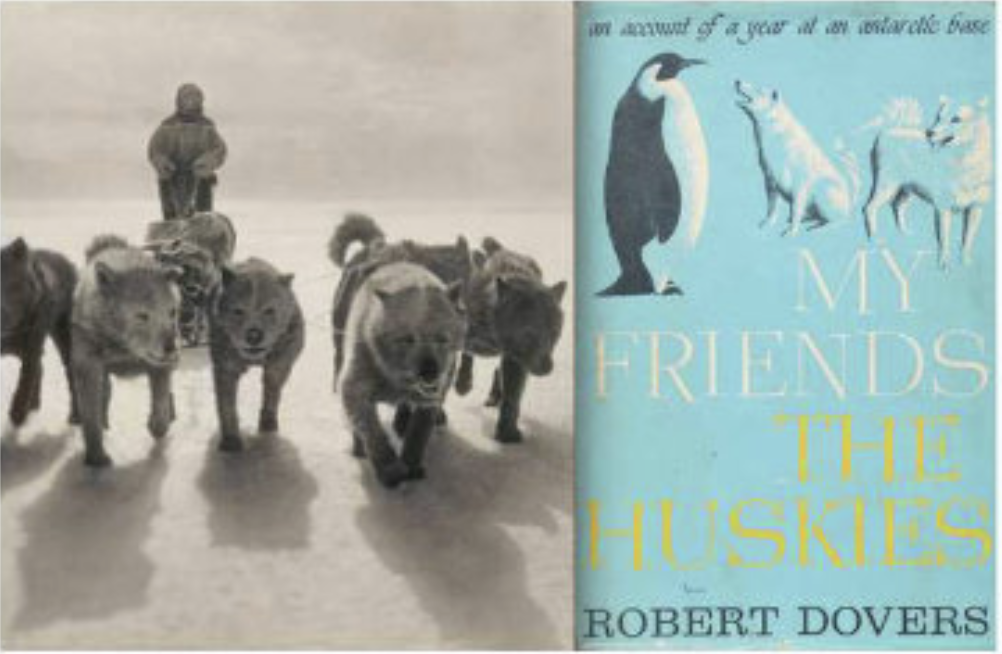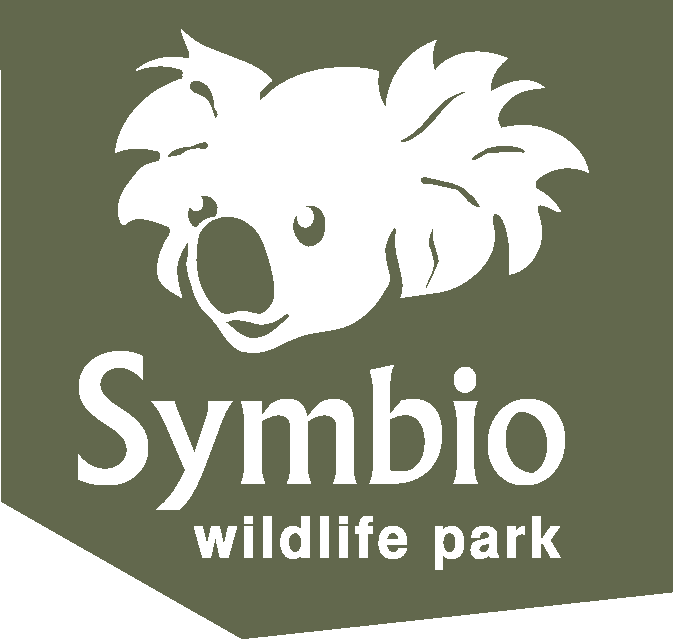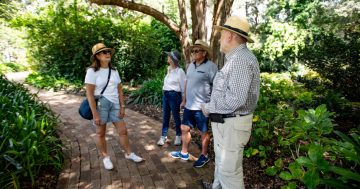
Wollongong High School student Robert Dovers was an Antarctic explorer – like his father George – and later wrote a book about his experiences with the huskies. Photo: Supplied.
The eastern end of Dovers Drive at Port Kembla is about as close to Antarctica as anywhere in the Illawarra can get – and there is a good reason for that.
Wollongong surveyor George Dovers joined Douglas Mawson’s famous expedition to Antarctica which was officially known as the Australasian Antarctic Expedition (1911–1914).
The expedition explored thousands of kilometres of previously unexplored regions, collected geological and botanical samples and made important scientific observations.
Much of the exploratory undertaking was conducted using sleds (also known as sledges) to move over icy surfaces that were often perilously crevassed and broken.
Back in Wollongong it took until 1927 before the apparently somewhat-retiring George Dovers could be persuaded to give talks on the polar region to local schoolchildren.
In Antarctica he was part of the eight-man “Western Party” under the command of Frank Wild, who was the deputy leader of the Mawson expedition.
Frank Wild also happened to be the sled master of the entire explorative venture. This meant he had to know how to handle the dogs needed to pull the often heavily-packed sleds across the icy landscapes. As a consequence, 40 Greenland husky dogs sailed to Antarctica with the expedition.
Frank Wild’s team, including George Dovers, holed up for the winter in several huts known as The Grottoes before commencing exploration and mapping of the coastline, a task for which surveyor George Dovers was an essential asset.
Precisely how much attention George paid to the huskies is unknown but it is likely he became intrigued by their behaviour and usefulness. And very useful those dogs proved, for the Western Party’s mapping on the Shackleton Ice Shelf eventually covered some 1300 kilometres.
And the dogs, no doubt, suffered as much if not more hardship than the humans they pulled through the ice.
Incredibly, one of the dogs in Mawson’s party, the charmingly named Ginger Bitch, managed to give birth to a litter of 14 pups in blizzard conditions.
Stories like this seem to have sparked the interest of George’s son, Robert Dovers, who was then still a student at Wollongong High School. The evidence for this lies partly in the fact that Robert himself grew up to become yet another Antarctic expeditioner.
From 1947-1949, Robert served as a surveyor and second in command on Heard Island, an Australian external territory comprising a volcanic group of mostly barren Antarctic islands, about two-thirds of the way from Madagascar to Antarctica and among the most remote places on Earth.
In 1950 Robert also spent six months on the Australian station at Macquarie Island, a sub-Antarctic island in the southwestern Pacific Ocean, about halfway between New Zealand and Antarctica.
In 1952 he was again way down south as an official Australian observer in Adelie Land – an area which stretches from a portion of the Southern Ocean coastline all the way inland to the South Pole – with the Third French Antarctic expedition.
And in 1953 Robert became the surveyor and leader of the wintering party that established the new polar base at Mawson Station in MacRobertson Land, that portion of Antarctica lying southward of the coast between William Scoresby Bay and Cape Darnley.
But just prior to leaving for MacRobertson Land, Robert Dovers made a lightning visit to his parents who had by then moved to View Street in Wollongong.
While back in The Gong, Robert also exhibited a colour film at the YWCA Hall in April 1953 which featured the canines that had become, after his extensive experience with them in Antarctica, one of the abiding interests of his life.
Fittingly, Wollongong’s Robert Dovers went on to become the author of My Friends: The Huskies published in London by George Bell and Sons in 1957.









